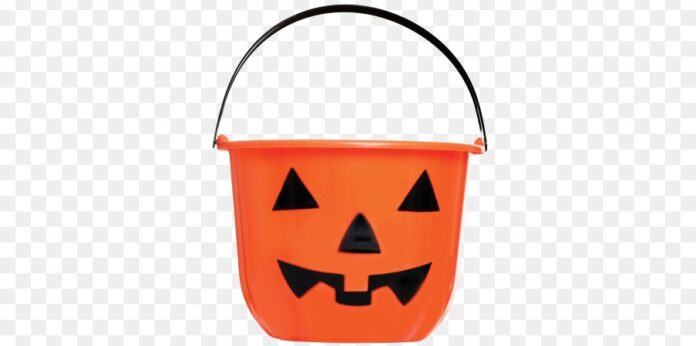There are few holidays as fun for kids as Halloween. The children like dressing up, hanging out with their pals, and collecting candy, while the adults enjoy buying frightful decorations and reminiscing about Halloween’s past.
The holiday of Halloween, however, takes on many different forms. Keep a watch out for kids carrying blue Halloween candy buckets as you distribute treats to the neighborhood children this year.
What’s A Blue Halloween Bucket?
A halloween pumpkin bucket has come to represent autistic children and raise awareness for the disorder in recent years. While children have been going door-to-door asking for candy for close to a century, blue buckets have only recently gained popularity. In 2018, neighbors banded together and began using social media to raise awareness about the practice.
How Significant Are Blue Buckets?
The customs of Halloween night trick-or-treating are already well established in our minds. A child rings the doorstep and calls out “trick or treat,” and the homeowner promptly hands them a bag of candy. Some children with autism may be nonverbal, though.
For this reason, a youngster may not immediately exclaim, “Trick or treat!” upon seeing the door open, but this does not absolve the adult from providing the kid with the most excellent Halloween sweets possible. The first and most crucial stage is recognizing the blue bucket as a symbol of progress.
How About Teal Pumpkins?
Be on the lookout for teal pumpkins this Halloween. This calls attention to the issue of food allergies and other medical disorders affecting youngsters. It’s something to consider before handing out sweets, as many people have severe reactions to common allergies like peanuts and gluten.
Remember that even the most ordinary day may become a treasured memory for a youngster with just a little forethought and consideration. Find out the significance of a purple fence and the blue twist tie on your bread bag for some more color-coded facts.
How To make Halloween More Autism-Friendly
As Halloween approaches, the Autistic Society of America has prepared a brief introductory guide to help you make your space more accessible to children on the autism spectrum and their families. After learning about these frequent barriers, your family may want to put up blue-painted pumpkins to show that you’ve made an effort to make your house more accessible for those with different abilities.
Minimizing Overwhelmed Senses:
Try to tone down the amount of Halloween decorations on your front porch to keep the illumination uniform and all-encompassing since the season’s decorations may be shocking to the eye and the ear. According to Fournier, “things to be cautious of include startling or unexpected loud sounds that might provoke a fight or flight reaction,” with flashing lights being of particular concern.
Considering Special Dietary Needs:
Some kids on the autism spectrum might not like chewy fruit candy or crispy chocolate bits because of their sensory aversions. In addition to non-food presents like tiny toys or arts and crafts supplies, Fournier suggests offering nut-free and gluten-free options for people with food allergies or dietary limitations.
Being Open To Interaction:
She says, “It’s believed that around 40% of persons with Autism are non-speaking, so don’t expect or demand a vocal ‘trick or treat!’ before dropping candy in a bucket.”An easy technique to break the ice with someone you suspect not speaking is to wish them a Happy Halloween or praise them for their costume. Even if they can’t express their gratitude with words, everyone will appreciate your thoughtfulness and patience.”














